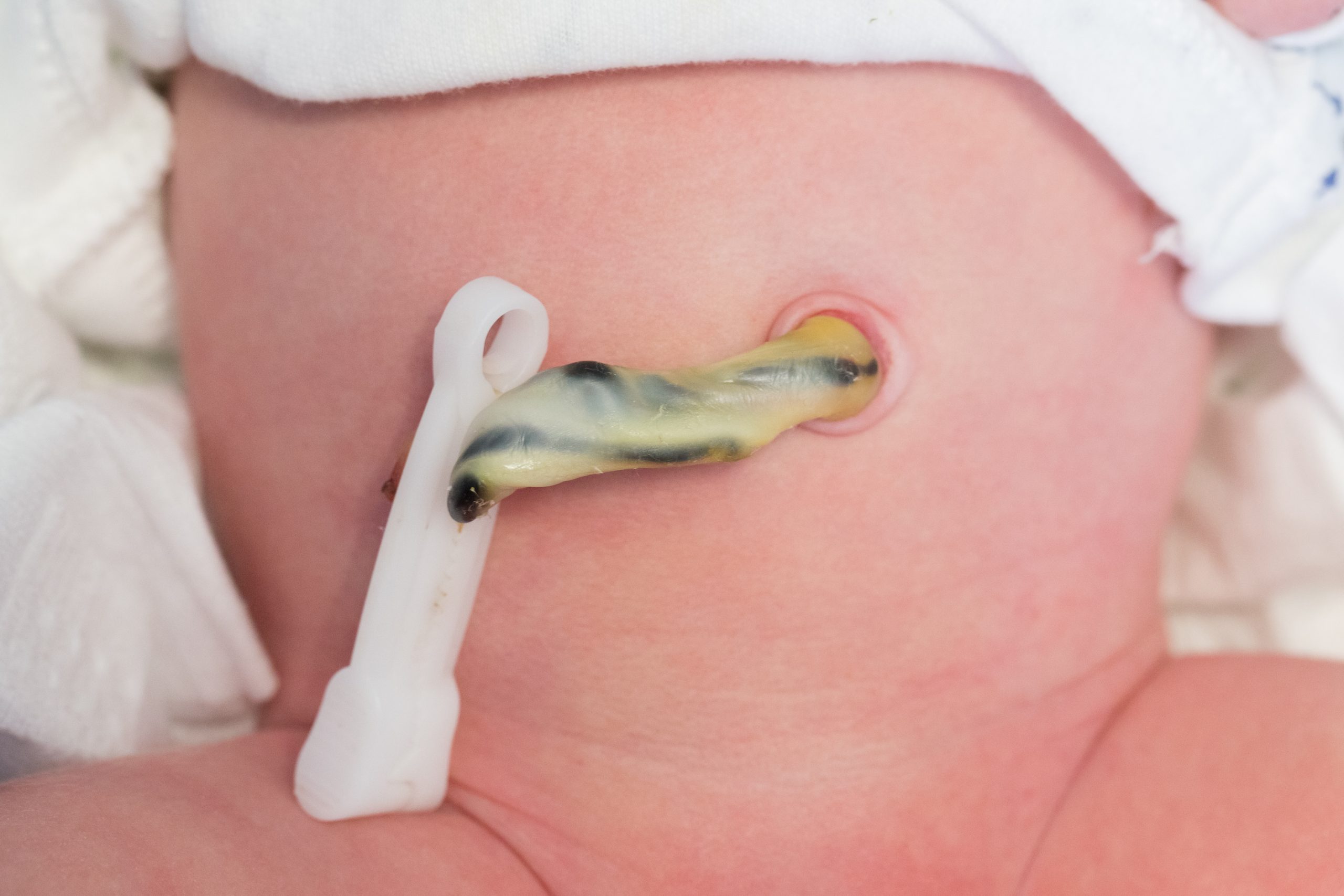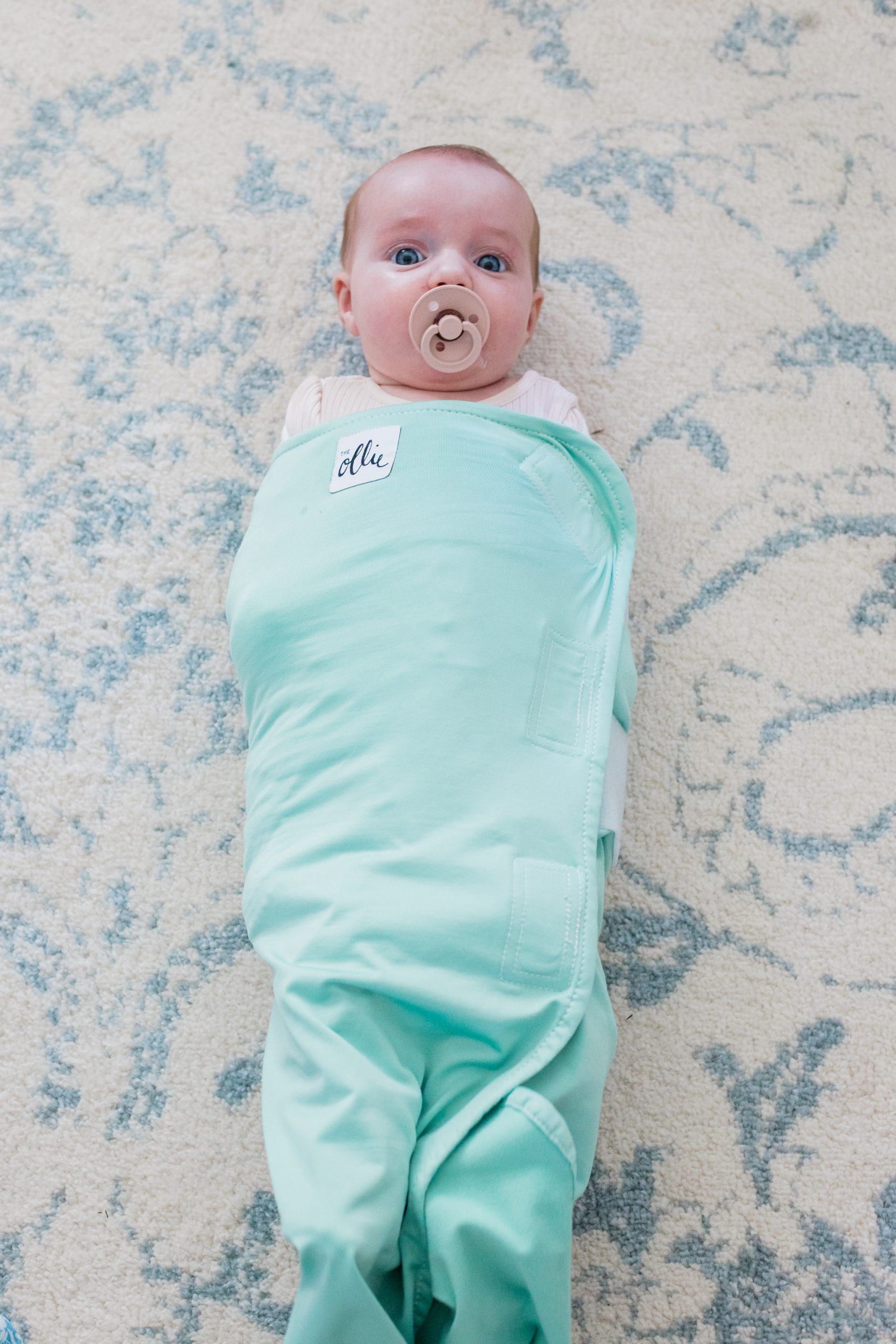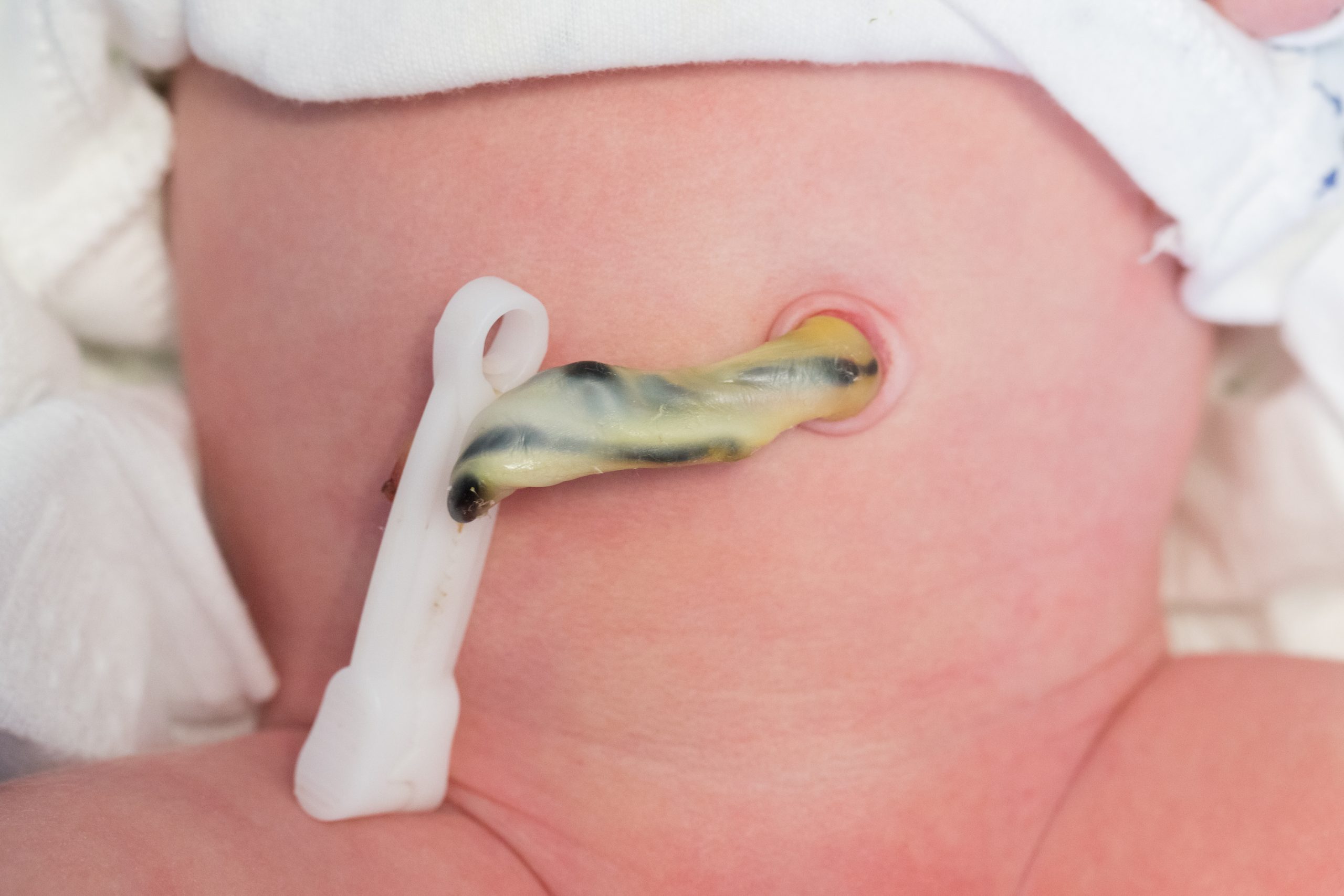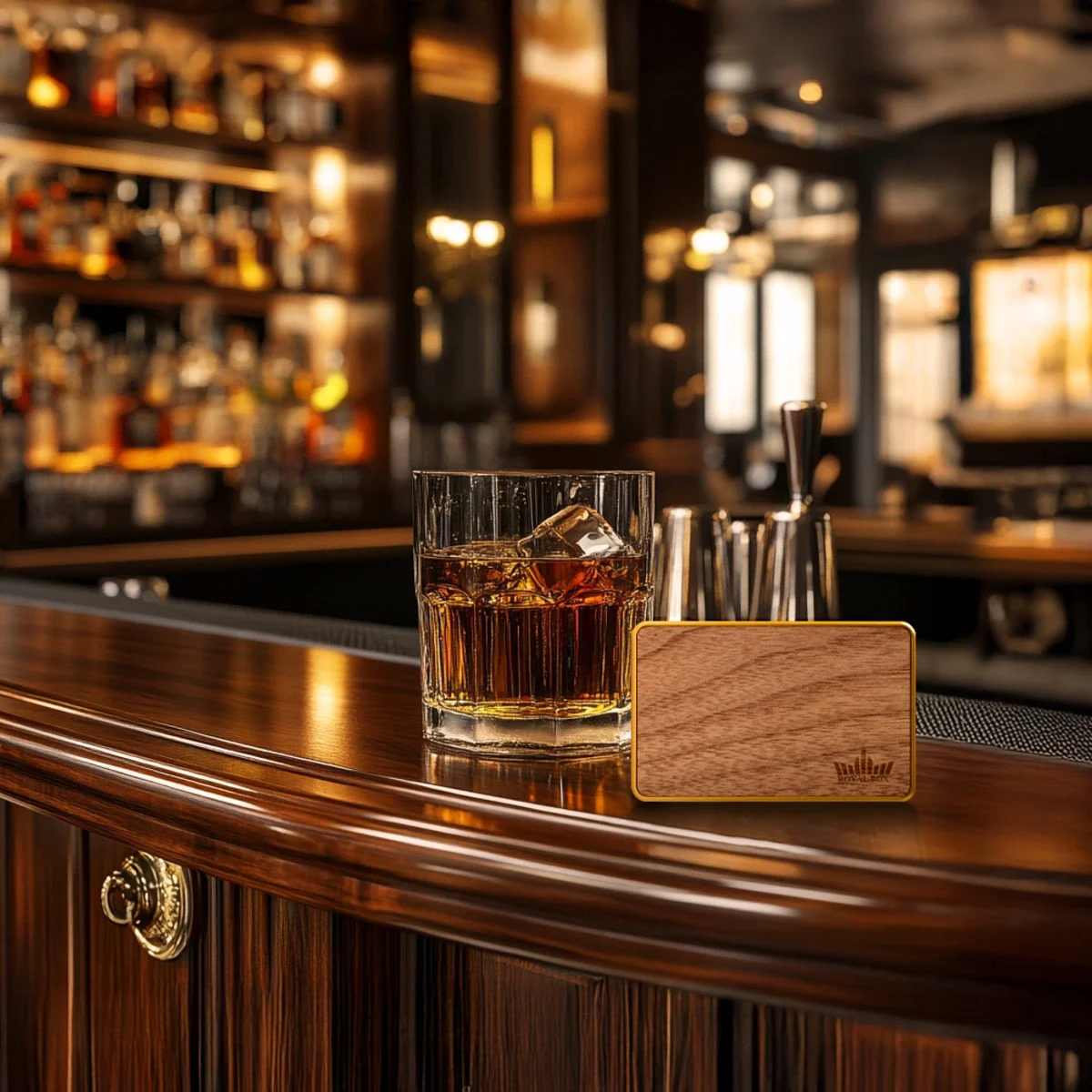Caring to your child’s umbilical twine might be easy! Realizing what do to and what to look out for within the first two weeks of your child’s life is vital. Learn extra to be taught extra and care to your child’s umbilical twine.
Umbilical twine fundamentals
Do you know that your child’s umbilical twine attaches to your placenta and offers vitamins and oxygen to your child? As soon as child is delivered, there’s no want for the umbilical twine since child will now be respiratory and consuming on their very own.
The umbilical twine is lower right down to a “stump” and can take 7-14 days to heal and fall off. Throughout this time, it’s vital to care to your child’s umbilical twine to forestall an infection and promote therapeutic.

For the primary days, your child’s twine can be jelly-like in look and really feel. That is regular! It’s going to take a couple of days to dry out and look extra like a scab. The therapeutic course of can take as much as 2 weeks. It’s regular to see a couple of drops of blood in your child’s stomach button as soon as the twine falls off.
Right here’s care to your child’s umbilical twine:
DO:
- Hold the diaper rolled below the twine.
- It’s vital to keep away from strain or rubbing on the twine to be able to let it heal. Roll or fold your child’s diaper below the umbilical twine and fix tabs.
- Hold the twine uncovered to air.
- Conserving the twine uncovered to air or below skinny layers of breathable cotton clothes will promote drying out the stump and therapeutic.
- Give sponge baths with gentle cleaning soap and water till the umbilical twine has come off by itself.
- Don’t fear if the twine will get a little bit bit moist; it’s not dangerous to your child. Attempt to keep away from submerging the stump in water till the stump is off and the pores and skin beneath is totally healed.

AVOID:
- Submerging the twine in water.
- This may promote bacterial development, so it’s finest to maintain as dry as attainable with sponge baths till the twine falls off naturally.
- Pulling or selecting on the twine.
- It may be tempting! But it surely’s vital to ensure the twine heals by itself to keep away from unintentionally opening a wound, inflicting bleeding and attainable an infection.
- Utilizing hydrogen peroxide or alcohol to scrub the twine.
- Research have proven that this decreases the great micro organism that promote therapeutic! Use a gentle cleaning soap and water on a wash material to softly clear across the twine throughout a sponge tub.
RED FLAGS to search for in your child’s umbilical twine:
Indicators and signs of an infection (omphalitis) (notify your supplier instantly):
- Pus coming from the umbilical stump
- Redness or swelling across the umbilical stump
- Tenderness to the contact
- Foul odor is coming from the stump
- Tenderness to the contact
- Your child has a fever
The umbilical twine has not fallen off inside 3 weeks after start.
- It will require an appointment together with your supplier to make sure the therapeutic course of continues to be going nicely.
There’s a likelihood that after the umbilical twine falls off, there’s a small reddened space of scar tissue. That is referred to as an umbilical granuloma.
There could also be small opening with fluid draining out of it. Generally, this situation heals by itself inside per week or so. You need to name your supplier as quickly as attainable to have it checked out.
BOOK CONSULT NOW
- Drugs Package Necessities
- Sick child and toddler necessities
- 10 widespread child + little one sicknesses
- New child pimples – when ought to I fear?
- Kate’s efficient diaper rash treatment












